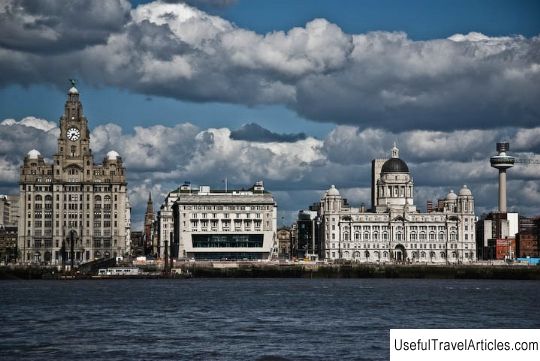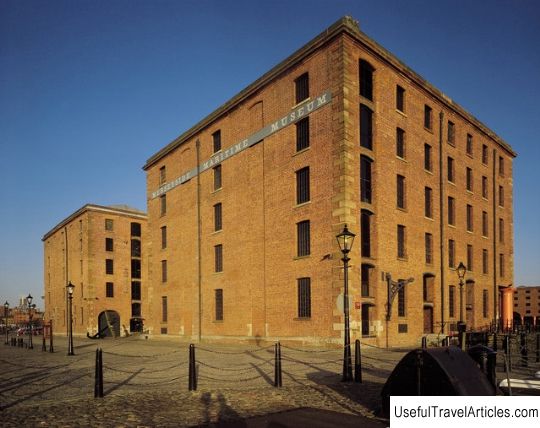Liverpool Maritime Mercantile City description and photos - Great Britain: Liverpool
Rating: 8,2/10 (689 votes) 
Liverpool Maritime Mercantile City description and photos - UK: Liverpool. Detailed information about the attraction. Description, photographs and a map showing the nearest significant objects. The name in English is Liverpool Maritime Mercantile City. Photo and descriptionThe complex of buildings of the Liverpool port is included in the UNESCO World Heritage List. The ensemble consists of several structures on the territory of the port of Liverpool and is “an excellent example of a commercial port from the times of the greatest world influence of Great Britain.” The first part of the complex is the Three Graces, three administrative buildings standing on the shore: Liver- building, Port of Liverpool building and Cunard building. It is a monument to the city's heyday and to the days when Liverpool was one of the largest and most important ports in the world. The second row of buildings houses the Ventilation Tower and the remainder of the George Dock Wall. Several monuments are also located here, including those of the Titanic's machinists and mechanics. To the south of the Three Graces is the Albert Dock, a complex of port and warehouse buildings. Built in 1846, it was the first fire-safe warehouse complex. no wood was used in its construction, only brick, concrete and metal. The first hydraulic cranes were also tested here. The buildings now house museums - the Liverpool branch of the Tate Gallery, the Maritime Museum and the Beatles History Museum. The next part of the Liverpool Port ensemble, located north of the Maul, is Stanley Dock, a system of docks, quays and port facilities. It houses the city's oldest functioning docks, as well as several interesting buildings, including the Tobacco Warehouse, one of the largest brick buildings in the world. The Duke Street and Rope Works area is home to the world's first loading dock and the oldest building in Liverpool's city center, the Bluecoat Chambers (1715). The commercial quarter and Zamkovaya Street is the former center of the medieval city, where the financial and commercial activities of the city are still concentrated. Almost all buildings in this area have been assigned the status of a historical monument. Here is the Liverpool City Hall. The area of William Brown Street is often referred to as the "cultural quarter", as many museums, galleries and monuments are concentrated here. Many buildings and sculptures in this area are also protected by the state as historical and architectural monuments.      Topic: Liverpool Maritime Mercantile City description and photos - Great Britain: Liverpool. |




